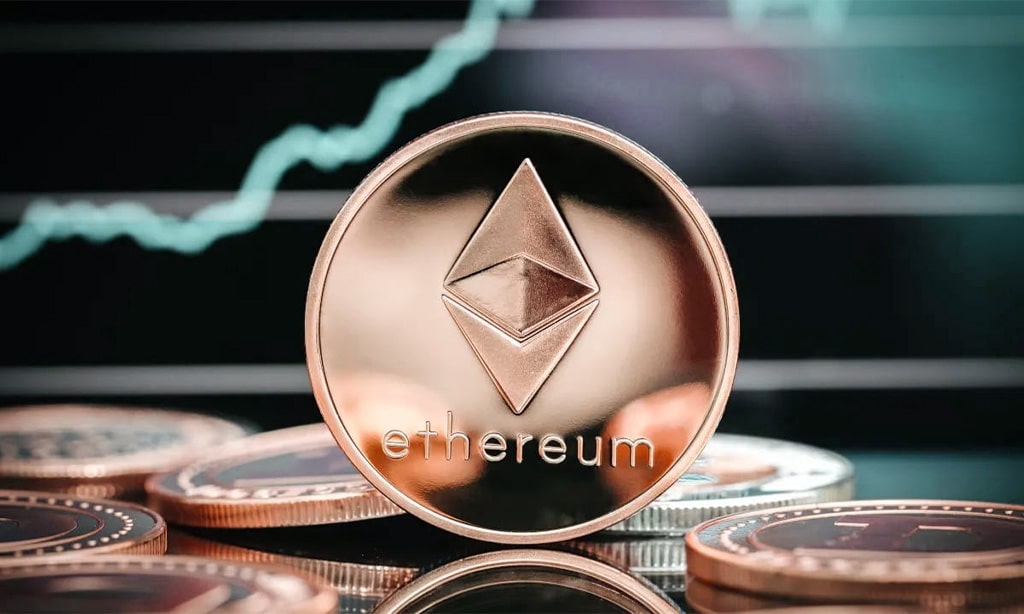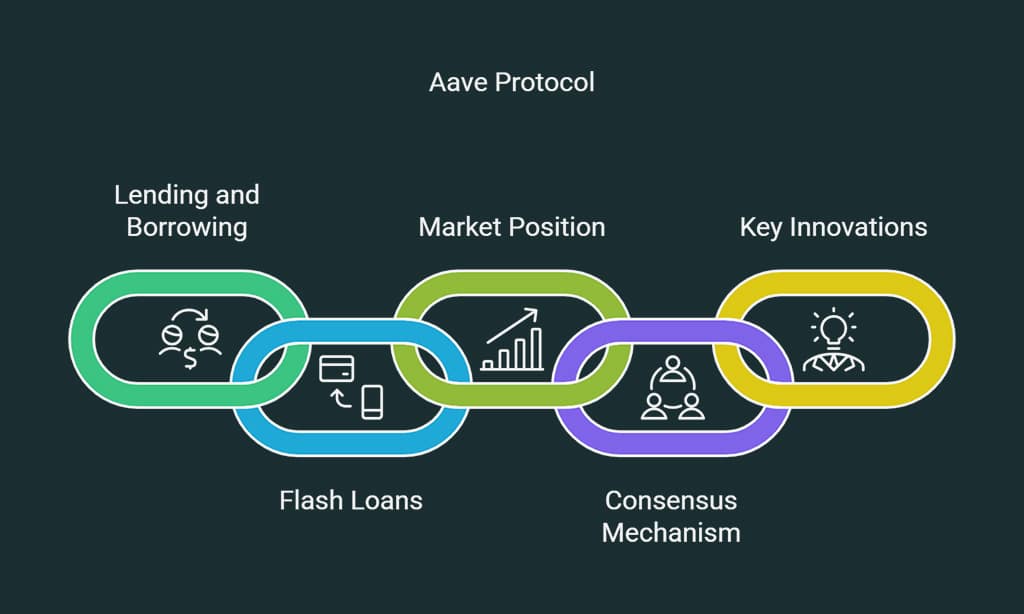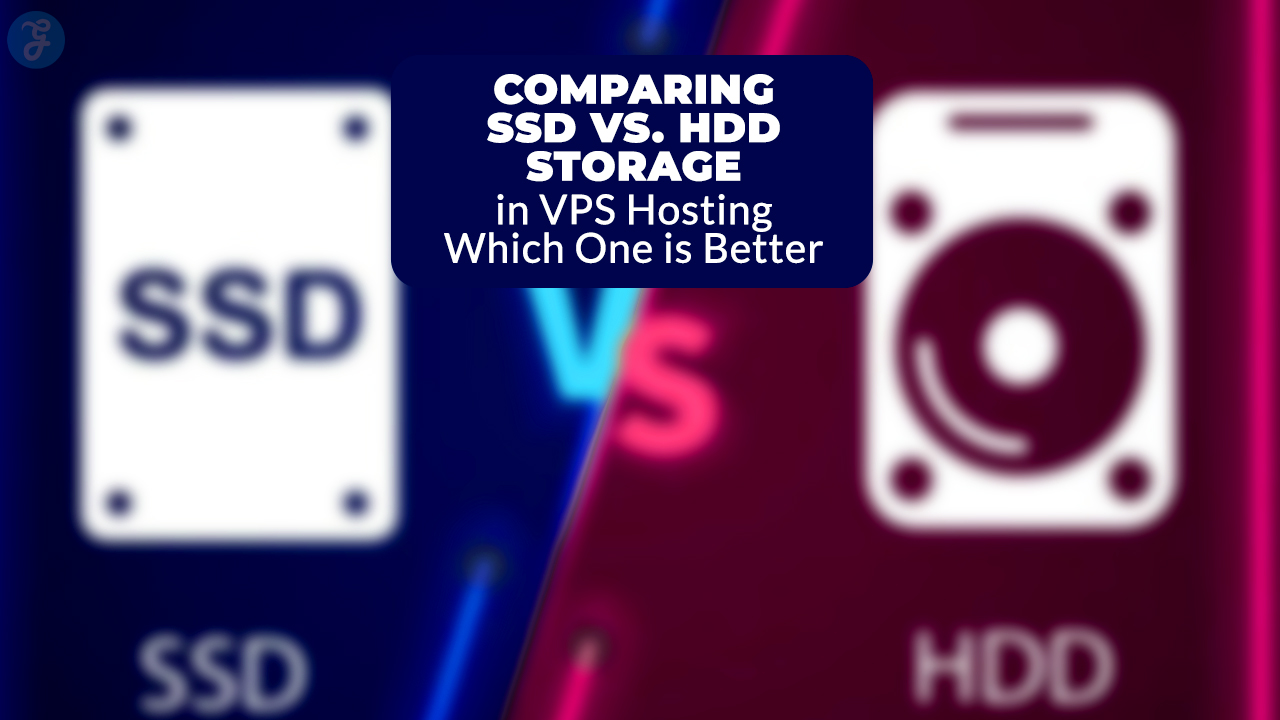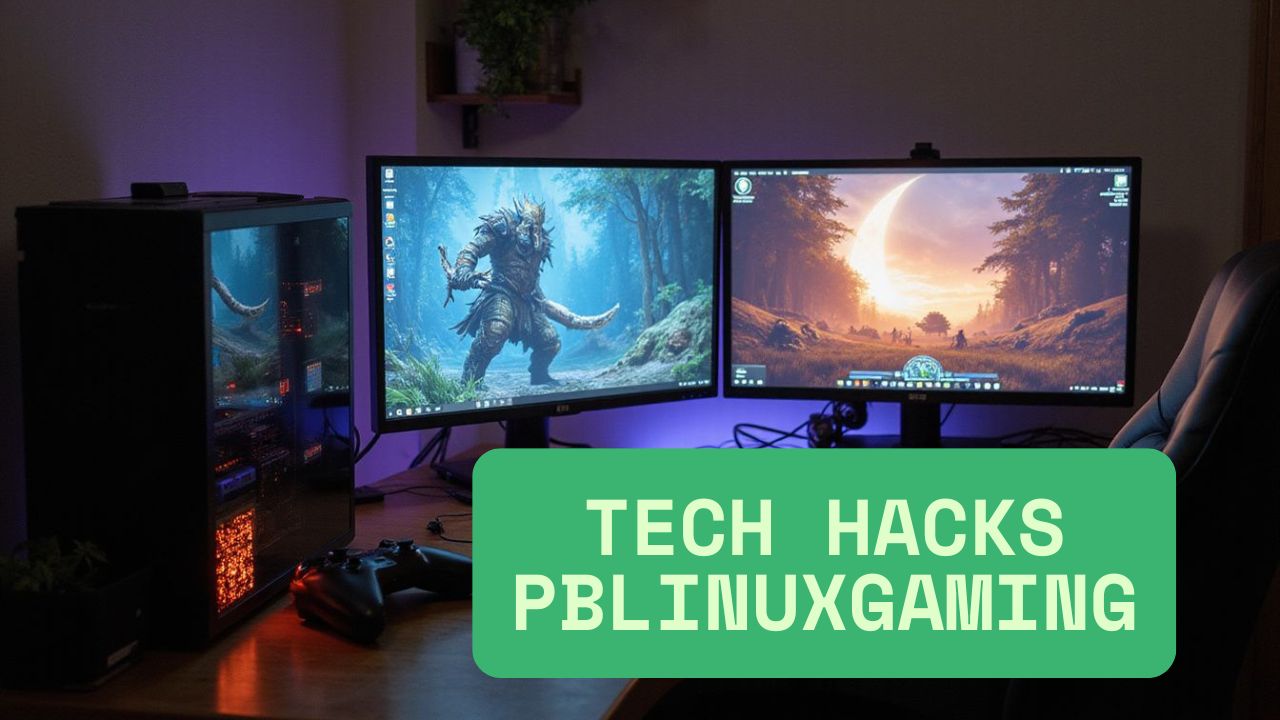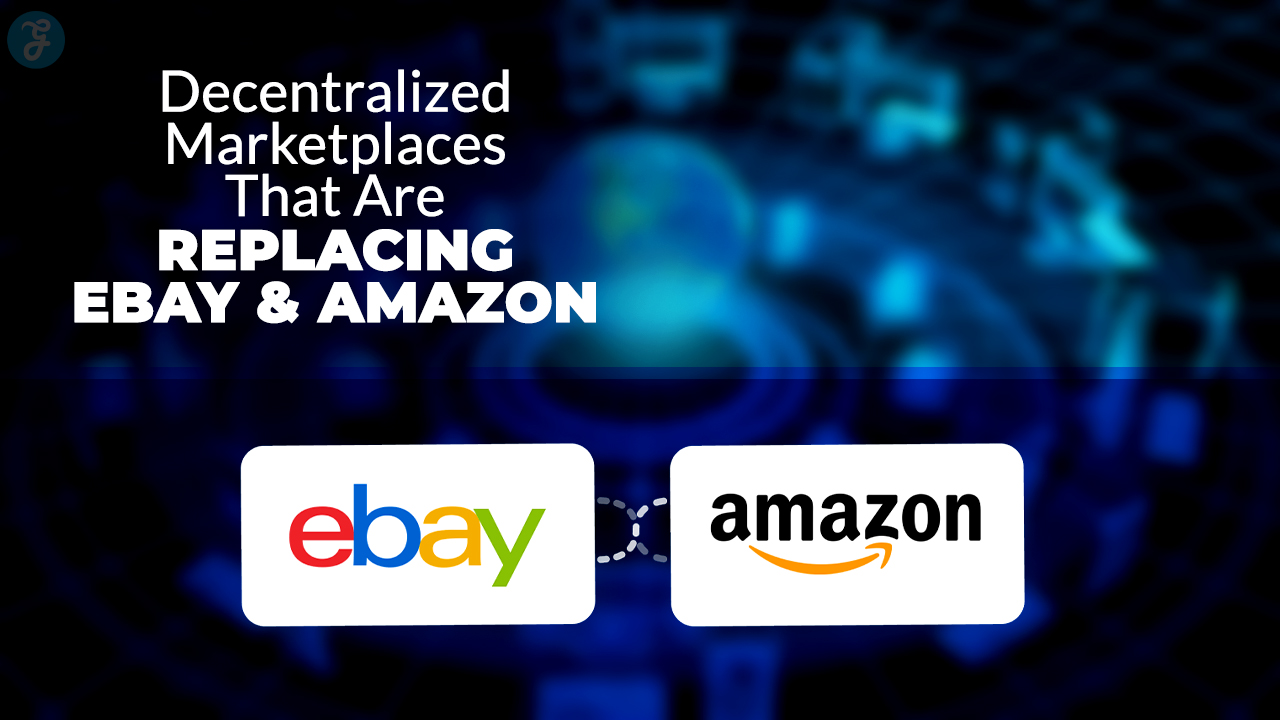The financial world is experiencing a fundamental transformation, driven by the rise of cryptocurrencies and blockchain technology. Since the launch of Bitcoin in 2009, the world has witnessed a dramatic shift in how we perceive and use money.
With decentralization at its core, blockchain technology promises to eliminate intermediaries, enhance transparency, and reduce costs, offering innovative solutions to global financial problems.
In recent years, the acceleration of digital finance has been fueled by a wide range of new crypto projects. These projects are redefining traditional finance by improving efficiency, expanding accessibility, and challenging existing regulatory frameworks.
In this article, we explore 10 crypto projects that are changing the financial landscape. These projects span various niches within the crypto space and are shaping the future of how we store, send, and exchange value.
Top 10 Crypto Projects Revolutionizing the Financial Industry
The cryptocurrency space has witnessed rapid advancements, with a growing number of projects making waves in reshaping the global financial landscape. Among these, several crypto projects stand out for their pioneering innovations, creating new opportunities, increasing efficiency, and offering decentralized alternatives to traditional financial systems.
These are the crypto projects that are changing the financial landscape by bringing about new ways of transacting, investing, and building decentralized applications.
1. Bitcoin (BTC) – The Pioneer of Digital Assets
Bitcoin is the original cryptocurrency, created in 2008 by the pseudonymous Satoshi Nakamoto. As the first cryptocurrency, it introduced the world to the concept of decentralization and digital scarcity. Bitcoin operates on a peer-to-peer network that allows users to transfer value without intermediaries such as banks. It has become a store of value and a hedge against inflation, often referred to as “digital gold.”
Key Features of Bitcoin in Financial Ecosystems:
- Decentralization: Bitcoin’s decentralized nature allows anyone to participate without requiring permission from any authority. This freedom from central control is a key value proposition for individuals in countries with unstable currencies or financial systems.
- Store of Value: With a fixed supply of 21 million BTC, Bitcoin’s scarcity has driven demand, positioning it as a reliable store of value similar to gold.
- Global Payments: Bitcoin allows for international transfers at a fraction of the cost and time compared to traditional banking systems.
| Feature | Bitcoin |
| Launch Year | 2009 |
| Supply Limit | 21 million BTC |
| Market Cap (2025) | Over $1 trillion (subject to market fluctuation) |
| Consensus Mechanism | Proof of Work (PoW) |
Use Cases in Global Finance: Bitcoin is increasingly being adopted by individuals and institutions alike. In countries like Venezuela and Zimbabwe, Bitcoin serves as a lifeline against hyperinflation, allowing citizens to preserve their wealth. Major companies, such as Tesla and MicroStrategy, have added Bitcoin to their balance sheets, signaling confidence in its long-term value.
2. Ethereum (ETH) – The Smart Contract King
Ethereum, launched in 2015 by Vitalik Buterin and a team of developers, introduced the concept of smart contracts—self-executing agreements that run on a blockchain. Ethereum has become the leading platform for decentralized applications (dApps), including decentralized finance (DeFi) protocols, gaming platforms, and NFTs (non-fungible tokens).
Significance of Ethereum’s Smart Contract Functionality:
- Smart Contracts: Ethereum’s ability to execute code automatically allows developers to create decentralized applications (dApps) that function without the need for centralized intermediaries.
- Ethereum 2.0: The transition to Ethereum 2.0, which uses a Proof of Stake (PoS) consensus mechanism, will drastically improve scalability, energy efficiency, and transaction speed.
- Tokenization and ICOs: Ethereum’s ERC-20 token standard has enabled the creation of new digital assets and Initial Coin Offerings (ICOs), which have raised billions for new blockchain projects.
| Feature | Ethereum |
| Launch Year | 2015 |
| Market Cap (2025) | Over $200 billion (subject to market fluctuation) |
| Consensus Mechanism | Proof of Work (PoW), transitioning to Proof of Stake (PoS) |
| Key Innovation | Smart Contracts and dApps |
DeFi Applications on Ethereum: Ethereum’s smart contracts have powered the DeFi revolution. Projects like Uniswap, Aave, and Compound leverage Ethereum to provide decentralized lending, borrowing, and trading platforms, disrupting traditional banking systems and making financial services more accessible to everyone.
Real-World Example: DeFi platforms like MakerDAO allow users to borrow stablecoins (DAI) using cryptocurrency as collateral. By using Ethereum’s smart contract capabilities, MakerDAO offers decentralized lending without relying on traditional financial institutions.
3. Cardano (ADA) – A Sustainable Blockchain Solution
Cardano, founded by Ethereum co-founder Charles Hoskinson, aims to improve blockchain technology’s scalability, security, and sustainability. By using a research-driven approach, Cardano has built a platform that prioritizes formal verification and peer-reviewed solutions. The project aims to provide a more secure and sustainable alternative to Ethereum.
Environmental Sustainability and Scalability: Cardano utilizes the Ouroboros Proof of Stake (PoS) consensus algorithm, which is energy-efficient compared to Bitcoin’s Proof of Work. This makes Cardano one of the most environmentally friendly blockchain solutions available today.
Cardano’s Impact on Financial Industry:
- Smart Contracts: With the launch of the Alonzo upgrade in 2021, Cardano introduced smart contract functionality, allowing developers to build decentralized applications (dApps) on its blockchain.
- Financial Inclusion: Cardano has focused on providing decentralized financial solutions for underbanked populations, particularly in Africa, where it has partnered with governments and financial institutions to implement blockchain-based solutions.
| Feature | Cardano |
| Launch Year | 2017 |
| Market Cap (2025) | Over $50 billion (subject to market fluctuation) |
| Consensus Mechanism | Proof of Stake (Ouroboros) |
| Key Innovation | Sustainable blockchain and smart contracts |
Real-World Example: In collaboration with the government of Ethiopia, Cardano is helping to create a blockchain-based system for tracking educational records. This is a significant move towards leveraging blockchain for real-world applications in emerging markets.
4. Polkadot (DOT) – Interoperability in the Crypto Space
Polkadot, created by Ethereum co-founder Gavin Wood, is a multichain protocol that enables different blockchains to work together seamlessly. Unlike Ethereum, which operates on a single chain, Polkadot’s parachains allow different blockchains to communicate, share data, and transfer assets.
How Polkadot Enables Decentralized Finance:
- Cross-Chain Communication: Polkadot’s Relay Chain and parachains make it possible for various blockchain networks to communicate with one another, which is crucial for enabling interoperability across different financial applications.
- Scalability: Polkadot offers scalability by allowing multiple blockchains to process transactions simultaneously, unlike Ethereum, which operates on a single chain.
| Feature | Polkadot |
| Launch Year | 2020 |
| Market Cap (2025) | Over $30 billion (subject to market fluctuation) |
| Consensus Mechanism | Nominated Proof of Stake (NPoS) |
| Key Innovation | Cross-chain interoperability |
Real-World Example: Polkadot’s ability to enable cross-chain communication allows decentralized finance (DeFi) platforms to tap into multiple blockchains for liquidity. This makes it possible to transfer assets across chains like Ethereum, Bitcoin, and others, increasing liquidity and reducing transaction costs.
5. Chainlink (LINK) – Connecting Real-World Data to Blockchain
Chainlink is a decentralized oracle network that allows smart contracts to securely interact with real-world data, external APIs, and payment systems. In the context of finance, Chainlink solves the “oracle problem,” ensuring that blockchain applications have reliable and trustworthy data feeds.
Chainlink’s Role in the Oracle Problem:
- Reliable Data Feeds: Chainlink’s decentralized network of nodes ensures that smart contracts can pull data from off-chain sources, such as stock prices, weather reports, and interest rates, in a secure and reliable manner.
- DeFi Integration: Chainlink is widely used by DeFi platforms to access external data like price feeds for assets, ensuring accurate and transparent transactions.
| Feature | Chainlink |
| Launch Year | 2017 |
| Market Cap (2025) | Over $20 billion (subject to market fluctuation) |
| Consensus Mechanism | Hybrid Proof of Work and Proof of Stake |
| Key Innovation | Decentralized Oracles for Smart Contracts |
Real-World Example: Aave, a decentralized lending platform, uses Chainlink to fetch price data for collateralized assets. This ensures that loan terms and liquidations are executed properly, based on real-time market conditions.
6. Uniswap (UNI) – Revolutionizing Decentralized Trading
Uniswap is a decentralized exchange (DEX) that allows users to trade Ethereum-based tokens without the need for intermediaries. By using an automated market maker (AMM) system, Uniswap eliminates the need for traditional order books and centralized exchanges.
How Uniswap’s Automated Market Maker (AMM) Model is Changing Crypto Trading:
- Liquidity Pools: Uniswap allows users to provide liquidity to pools and earn a share of the transaction fees. This system is key to creating liquidity without relying on market makers.
- Decentralization: Uniswap operates on a decentralized platform, meaning users maintain control of their funds at all times, reducing the risk of hacks associated with centralized exchanges.
| Feature | Uniswap |
| Launch Year | 2018 |
| Market Cap (2025) | Over $10 billion (subject to market fluctuation) |
| Consensus Mechanism | Ethereum Proof of Stake (ETH 2.0) |
| Key Innovation | Automated Market Maker (AMM) for trading |
Real-World Example: In 2021, Uniswap became one of the largest decentralized exchanges by volume, handling billions of dollars in trades every month. Its success has proven the viability of decentralized finance platforms, providing a viable alternative to traditional centralized exchanges.
7. Aave (AAVE) – Decentralized Lending and Borrowing
Aave is a leading decentralized lending protocol that allows users to lend and borrow cryptocurrencies directly without intermediaries. It uses smart contracts to ensure trustless transactions and offers a range of financial services, including flash loans, which allow users to borrow funds without collateral for short periods.
How Aave’s Protocol Enhances Financial Inclusion:
- Lending and Borrowing: Aave allows anyone with a wallet to lend their crypto to others in exchange for interest. Borrowers can use their crypto as collateral to access loans without needing a bank.
- Flash loans: Aave’s flash loans allow users to borrow funds for a very short time, usually within a single transaction, for arbitrage or other trading strategies.
| Feature | Aave |
| Launch Year | 2017 |
| Market Cap (2025) | Over $15 billion (subject to market fluctuation) |
| Consensus Mechanism | Ethereum Proof of Stake (ETH 2.0) |
| Key Innovation | Flash Loans and decentralized lending |
Real-World Example: Aave’s flash loans are widely used in arbitrage trading, where traders borrow assets, take advantage of price discrepancies, and pay back the loan within minutes. This allows traders to execute profitable trades without needing significant upfront capital.
8. Binance Coin (BNB) – Powering the Binance Ecosystem
Binance Coin (BNB) is the native cryptocurrency of the Binance exchange, one of the largest crypto exchanges globally. Initially created to reduce trading fees, BNB has grown in utility and is now used across multiple Binance platforms, including Binance Smart Chain (BSC).
How BNB is Used in Global Payments:
- Transaction Fee Discounts: BNB provides users with discounts on trading fees when used on the Binance platform.
- Binance Smart Chain: BNB is used for transaction fees on Binance Smart Chain (BSC), a platform designed to offer faster and cheaper alternatives to Ethereum.
| Feature | Binance Coin (BNB) |
| Launch Year | 2017 |
| Market Cap (2025) | Over $100 billion (subject to market fluctuation) |
| Consensus Mechanism | Proof of Stake (Binance Smart Chain) |
| Key Innovation | Multi-Utility Token for exchange & DeFi |
Real-World Example: PancakeSwap, a decentralized exchange built on Binance Smart Chain, has become a popular alternative to Ethereum-based DEXs like Uniswap. It uses BNB for transaction fees, providing a low-cost and efficient trading solution.
9. Solana (SOL) – High-Speed Blockchain for Decentralized Applications
Solana is a high-performance blockchain designed for decentralized applications (dApps) and crypto projects that require fast transaction speeds and low fees. Solana’s unique consensus mechanism, Proof of History (PoH), combined with Proof of Stake (PoS), enables the network to process thousands of transactions per second (TPS), making it one of the fastest blockchains in existence.
Key Features of Solana in Financial Applications:
- High Throughput: Solana can handle over 65,000 transactions per second, far surpassing Ethereum and Bitcoin. This scalability makes it ideal for applications requiring high-speed transactions, such as payments and decentralized exchanges.
- Low Transaction Costs: Solana’s low fees (fractions of a cent per transaction) make it an attractive alternative to Ethereum, especially for DeFi and NFT projects that operate on a large scale.
- Ecosystem Growth: Solana has quickly grown into one of the largest blockchain ecosystems, supporting projects ranging from DeFi platforms and NFT marketplaces to decentralized gaming.
| Feature | Solana |
| Launch Year | 2020 |
| Market Cap (2025) | Over $100 billion (subject to market fluctuation) |
| Consensus Mechanism | Proof of History (PoH) + Proof of Stake (PoS) |
| Key Innovation | High throughput, low fees, and scalability |
Real-World Example: Solana is home to Serum, a decentralized exchange (DEX) that offers fast and inexpensive trades. Serum’s high throughput allows it to process trades nearly instantly, while low fees make it more accessible to retail investors. Additionally, Solana has been leveraged in projects like Mango Markets, a decentralized margin trading platform, where users benefit from the fast, low-cost transactions Solana offers.
10. Avalanche (AVAX) – Scalable Blockchain with Subnets for Customization
Avalanche is a highly scalable blockchain platform that aims to offer an alternative to Ethereum’s scaling problems. It employs a unique consensus protocol called Avalanche Consensus, which allows for high transaction throughput with low latency, making it highly suitable for decentralized finance (DeFi) applications.
Key Features of Avalanche in Finance:
- Subnets: Avalanche allows the creation of subnets, which are customizable blockchains that can have their own rules, governance, and consensus mechanisms. This feature provides unparalleled flexibility, allowing developers to create tailored blockchain networks.
- Scalability: Avalanche boasts transaction speeds of over 4,500 TPS with low finality time, which means that users can confirm transactions within seconds.
- Interoperability: Avalanche is designed to work seamlessly with other blockchains, providing a highly interoperable ecosystem for dApps and financial services.
| Feature | Avalanche (AVAX) |
| Launch Year | 2020 |
| Market Cap (2025) | Over $30 billion (subject to market fluctuation) |
| Consensus Mechanism | Avalanche Consensus (PoS) |
| Key Innovation | Customizable subnets and scalability |
Real-World Example: Avalanche’s Trader Joe DEX has quickly become one of the most popular decentralized exchanges in the DeFi space. It utilizes Avalanche’s high-speed and low-cost network to offer users efficient trading, along with liquidity farming opportunities. Additionally, Benqi, a lending protocol built on Avalanche, allows users to lend and borrow assets in a decentralized manner, all while benefiting from Avalanche’s fast transaction speeds.
Wrap Up: The Expanding Role of Crypto Projects in the Financial Landscape
The role of cryptocurrencies in the global financial landscape is only growing stronger. From Bitcoin’s role as a store of value to Ethereum’s support of decentralized applications and Polkadot’s cross-chain interoperability, these 10 crypto projects represent just a fraction of the transformative potential of blockchain technology.
As these projects continue to develop, they will not only revolutionize how we conduct transactions but also challenge the very foundations of traditional financial institutions. Innovations in scalability, security, decentralization, and interoperability are key to this transformation, and these projects are at the forefront of this paradigm shift.
The future of finance is decentralized, and crypto projects like Solana, Avalanche, and Chainlink are enabling faster, more efficient, and accessible financial services. As the space matures, more projects will emerge to solve existing pain points, creating a financial ecosystem that is more inclusive, secure, and transparent.
For investors, early adopters, and developers, now is the time to explore and invest in these emerging technologies. As the blockchain ecosystem grows and evolves, staying informed about these crypto projects will be essential to understanding the future of finance and where opportunities lie.
The journey has only begun—brace yourself for a new era of financial innovation.



